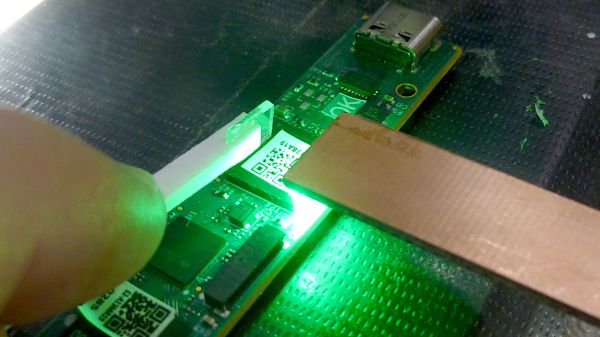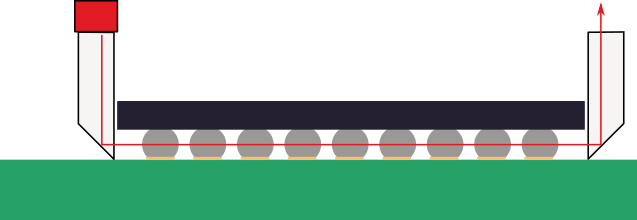Those of us who like to monitor air traffic with ADS-B aggregators such as FlightAware and ADS-B Exchange tend to see some interesting flight paths. I’m not talking about the truly ambitious pictures drawn by pilots, or even the more ribald ones, but rather flights that follow paths that seem to make little sense from either a commercial or leisure standpoint.
Most of these mystery flights have long straight stretches interrupted by occasional tight loops, and often cover great distances across rural and urban landscapes alike. A glance at the ADS-B data indicates that these flights are usually pretty close to the ground, and are often completed by helicopters. Occasionally, the registration of the aircraft will even indicate ownership by some “three-letter” federal agency.
Although mystery helicopters flying odd patterns in the sky seems like a good excuse to don a tinfoil hat and head to one’s bunker, chances are pretty good that these aircraft are engaged in a far less nefarious and far more useful endeavour: aerial transmission line patrols. These flights are key to keeping the transmission lines that form the backbone of the grid in tip-top shape, especially at a time of unprecedented growth in load and a shift in the generation profile away from fossil fuels towards renewables.
Continue reading “Power Line Patrols: The Grid’s Eye In The Sky”


















